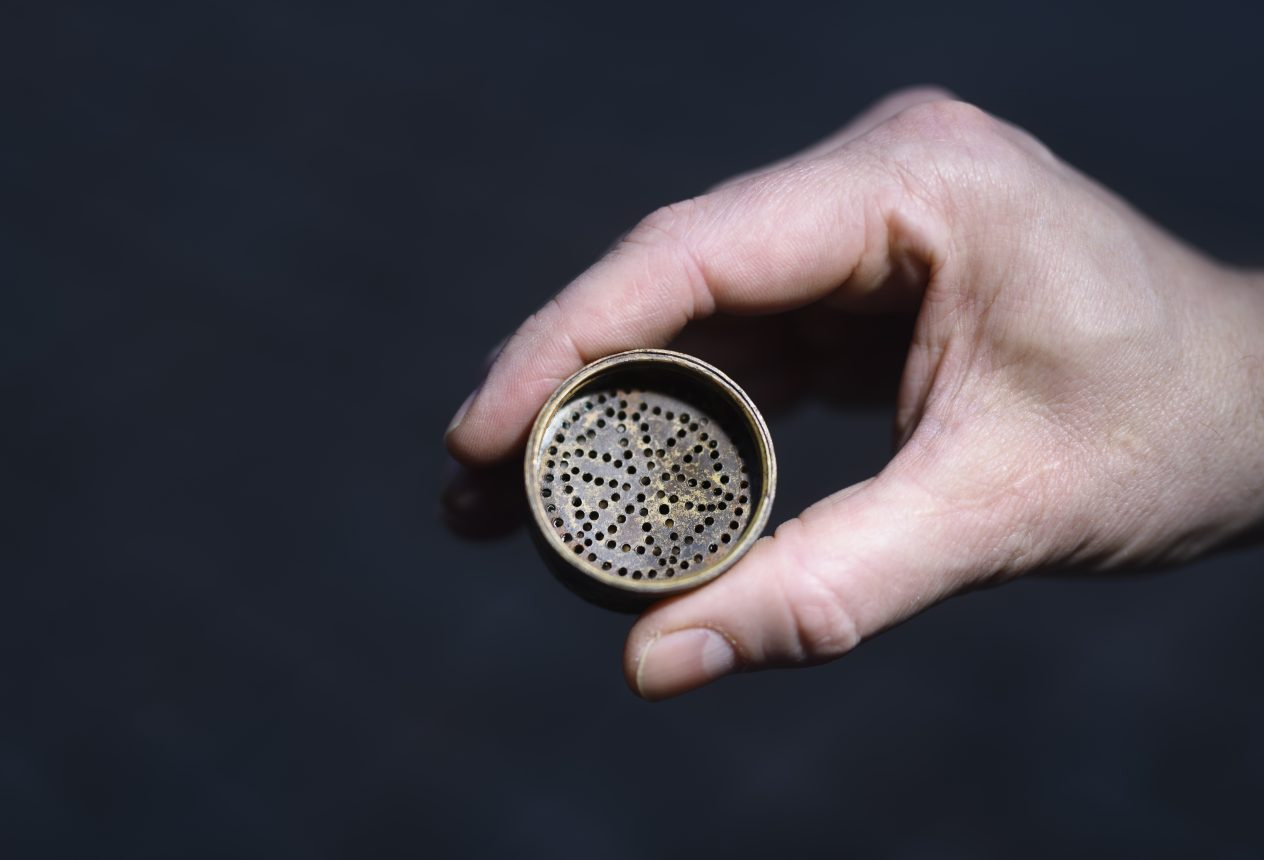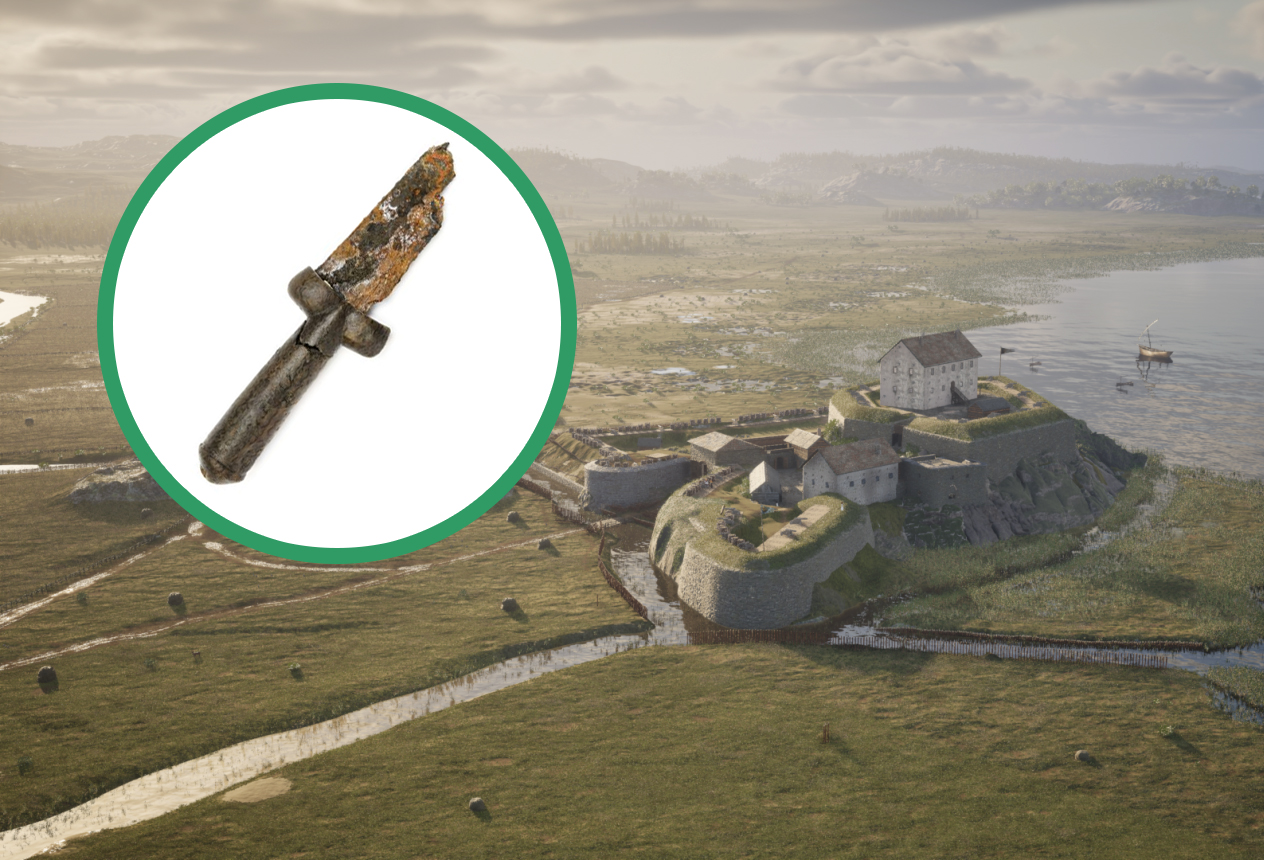A report on the recent excavations at Gullberg fortress is providing new insights into the history of one of Sweden’s most strategically important castles.
Gullberg fortress was constructed by King Birger on the Gullberg hill during the 13th century in present-day Gothenburg.
The history of Gullberg is a turbulent one, with the fortress being demolished during the Swedish War of Liberation, rebuilt by the early Vasa monarchs, only to be demolished again by the Danes in the Kalmar War.
With the founding of Gothenburg by royal charter in 1621, Gullberg hill was cleared for the construction of the Skansen Lejonet, a redoubt built to defend the city from further Danish attacks.
Recent excavations by archaeologists from the State Historical Museums have investigated the last remaining traces of Gullberg fortress, revealing a large trove of artefacts and long-hidden structures.
Among the finds are military objects such as cannonballs, crossbow bolts, musket balls, and the unique discovery of a bollocks shaped dagger known aptly as a “bollock dagger”. Bollock daggers have a distinctively shaped hilt, with two oval swellings at the guard resembling male testes (“bollocks”).

According to the report, objects from daily life at the fortress were also unearthed, including ceramic tableware, beer taps, a sundial, a soup cup, and another rare find – a sand spreader, used to sprinkle fine sand over written text to soak up excess ink.
Commenting on the excavation, Anders Altner from the State Historical Museums highlighted the unexpected discovery of a tower basement, along with the remains of houses, defensive walls, and one of the fortress gates.
“We were surprised by how much had survived,” said Altner. “The fortification featured a mix of construction methods—some sections were built with stone and brick, while others appeared to rely on earthen ramparts and timber. The basement room was especially remarkable, with a well-preserved staircase, flooring, and portions of the walls and ceiling still intact.”
Header Image Credit : Arkeologerna
Sources : Arkeologerna





